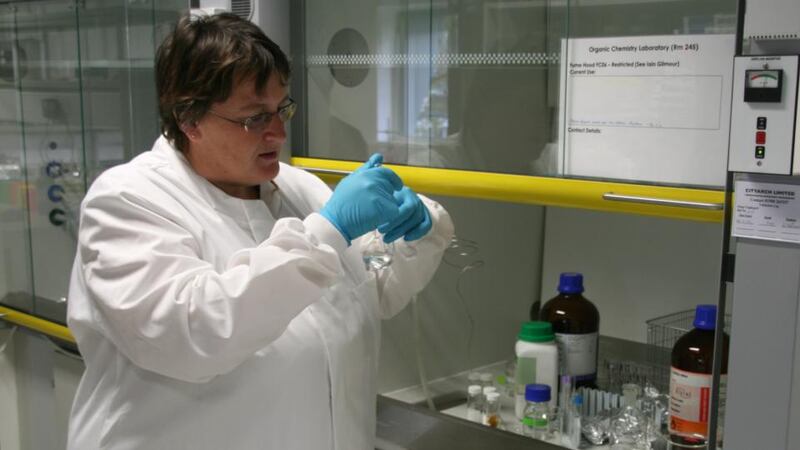The Philae lander stranded on the surface of a distant comet is down but not out. Its controllers back at the European Space Agency's centre in Darmstadt believe the lander will reactivate and continue its mission.
Philae is asleep, out cold in the shadow of a cliff that has blocked sunlight from reaching its electricity-producing solar cells, says Prof Monica Grady of the Open University who has been involved in the misson for decades.
The lander completed most of its comet surface mission in the 64 hours after arrival on November 12th. It took pictures, drilled holes in the surface and probed the inside of Comet 67P/Churyumov-Gerasimenko. It relayed all of the data it captured up to the orbiting Rosetta satellite before dropping off to sleep when its battery power dropped to near zero, Prof Grady said.

"Philae is sitting on the comet and it is asleep, it is not being charged up. But it definitely will get more sunlight as it approaches the sun and that is what we hope, that the batteries will charge up," she said.
Prof Grady appeared on television screens worldwide in the days following the lander’s arrival. She was filmed being hugged by the team in the lander control centre.
During the lander approach, however, only the controllers were allowed into the centre. Prof Grady was with other VIPs and press in a nearby room.
“It was just an electric atmosphere, waiting for information and trying to second-guess things and reading body language,” she said.
She rejected the notion Philae had failed because it landed in shadow and its batteries could not charge. Most of its instruments worked and it returned most of the data they had hoped to acquire, she said. "We did not put €1.4 billion into it to burn it – we hired people, we designed and built it, we paid wages."
Her group at the Open University worked on two of the instruments carried by Philae including the important "sniffer" that sampled the chemical surface of the two sites where the lander first struck the surface and bounced and then where it settled to rest.
“It transferred all the data it had got. We got all our data back,” she said. “It has been a phenomenal success.”
Prof Grady was involved in the mission from its inception. “One of the driving forces behind it was Colin Pillinger, my PhD adviser. It must have been 1981 when a group of European scientists came together to talk about getting a sample of a comet and bringing it back to Earth,” she said. “It morphed into the Rosetta mission.”
Rosetta remains in perfect order, watching as the comet "wakes up" as it approaches the sun. The lander may wake too but faces dangers as the comet becomes violently active. "If a jet opens up underneath Philae will be blown to kingdom come," Prof Grady said.











